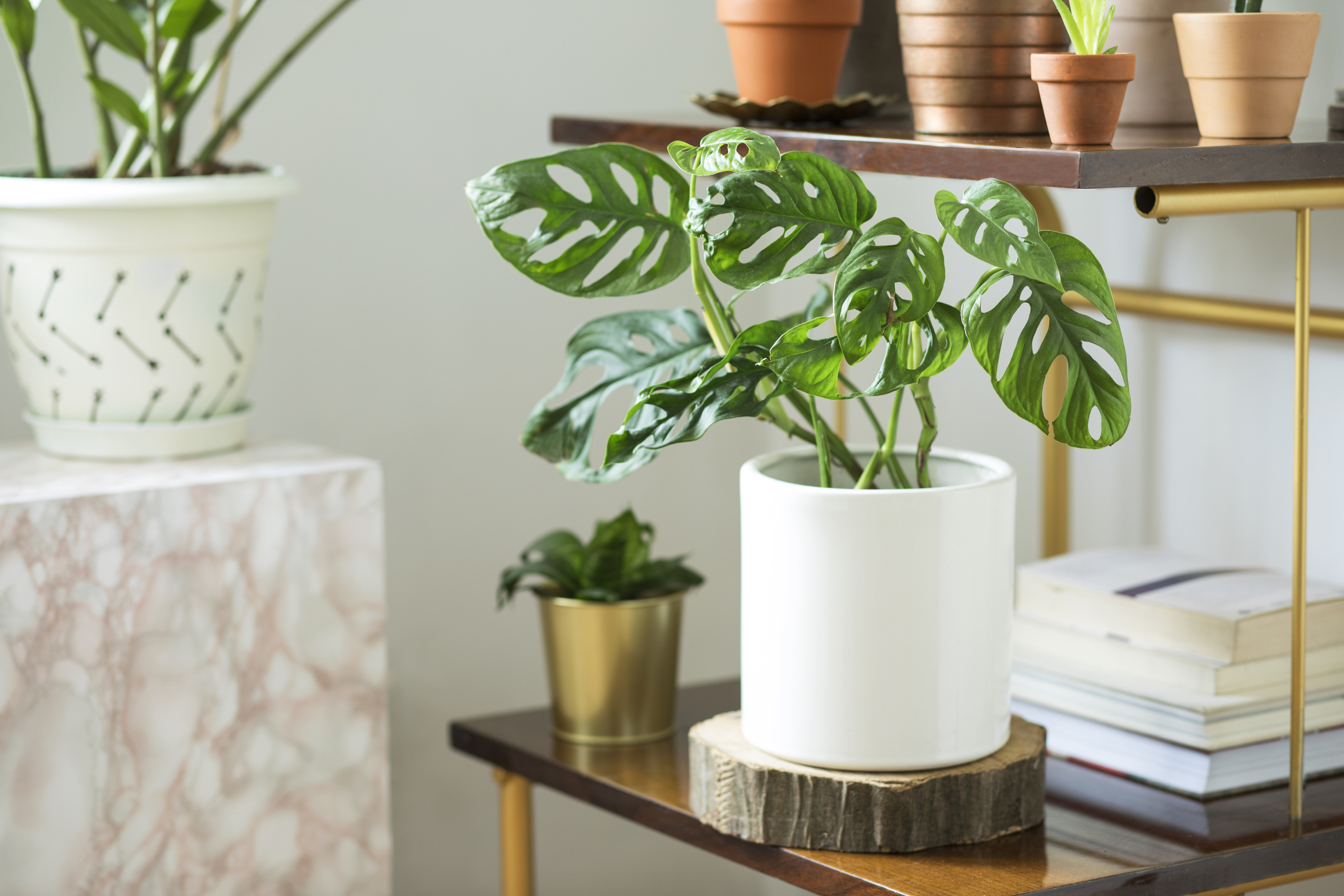Humidity explained
Most humidity readings that you will come across, like in your Weather App, are the measure of Relative Humidity. As temperature increases, the capacity of the air to hold water vapor increases. Likewise, as temperatures fall, the water-holding capacity of the air decreases. This explains why in winter it is so dry outside. Cold air can’t hold much water, and when that air is heated in our homes, its capacity increases, but water quantity stays the same, which results in decreasing humidity. This can be especially bad for plants like epiphytes (orchids, air plants, some ferns) and calatheas, for which humidity is essential.
Humidity for Plants
Often, humidity-sensitive plants have lots of pores and thin leaves and parts of themselves that are only a few cells thick. This makes it difficult for water to be efficiently transported to these cells before the water leaves the plant for the air. Thin tissues give ample opportunity for water to escape to the air, making them at high risk of crisping and dying if the humidity drops. When humidity decreases, the capacity for the air to hold water increases as does transpiration. Water is then taken from the leaves faster than water can be replaced, causing crispy leaves.
Solution
There are two ways. First, try incorporating steam. Boiling a large pot of water on the stove for a few hours can creates water vapor needed for your indoor plants to thrive. Secondly, supersonic vibrate water into vapor, this can be achieved with a humidifier. A humidifier is the best way to increase humidity levels. As a bonus, you can also spritz, however, spritzing only increases humidity somewhat locally for a few minutes, but when it evaporates, the humidity goes back to what it was. This can be beneficial for plants that have the ability to absorb water through their leaves, and directly benefit from water spritzes like epiphytes and ferns.

